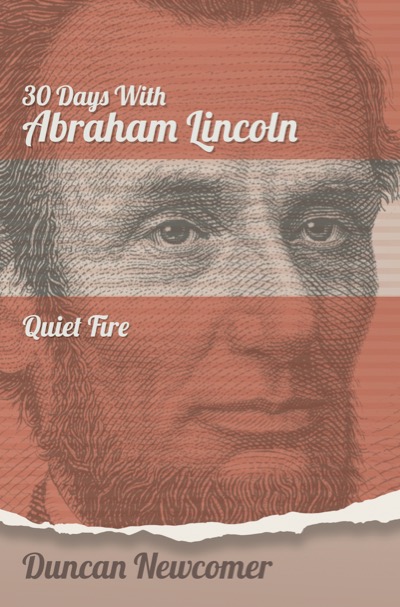LINCOLN scholar Duncan Newcomer has contributed many of the fascinating materials indexed in our Abraham Lincoln Resource Page. Drawing on Lincoln’s own words, from various texts, Newcomer has assembled this special prayer, perfect for use at Thanksgiving—the national holiday our 16th president established. Of course, you are free to widely share this prayer. Click the blue-“f” Facebook button, or the envelope-shaped email icon, or print this page and pass it around.
 Prayer from Lincoln
Prayer from Lincoln
at Thanksgiving
So, we must think anew,
And act anew.
We must disenthrall ourselves.
We are not enemies,
But friends.
We must not be enemies.
We cannot separate.
There is no line, straight or crooked,
Upon which to divide.
We cannot escape history.
No personal significance, or insignificance,
Can spare one or another of us.
The mystic chords of memory
Will yet swell the chorus of union
To every living heart
And hearthstone,
And again touch
The better angels of our nature.
.
.
.
.
.
.
 Care to Enjoy More Lincoln Right Now?
Care to Enjoy More Lincoln Right Now?
GET A COPY of Duncan’s 30 Days with Abraham Lincoln—Quiet Fire.
Each of the 30 stories in this book includes a link to listen to the original radio broadcasts. The book is available from Amazon in hardcover, paperback and Kindle versions. ALSO, you can order hardcover and paperback from Barnes & Noble. In addition, our own publishing house offers these bookstore links to order hardcovers as well as paperbacks directly from our supplier.
.

